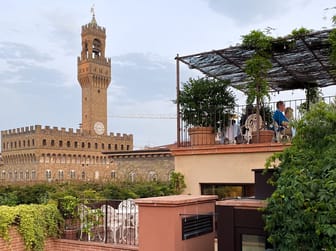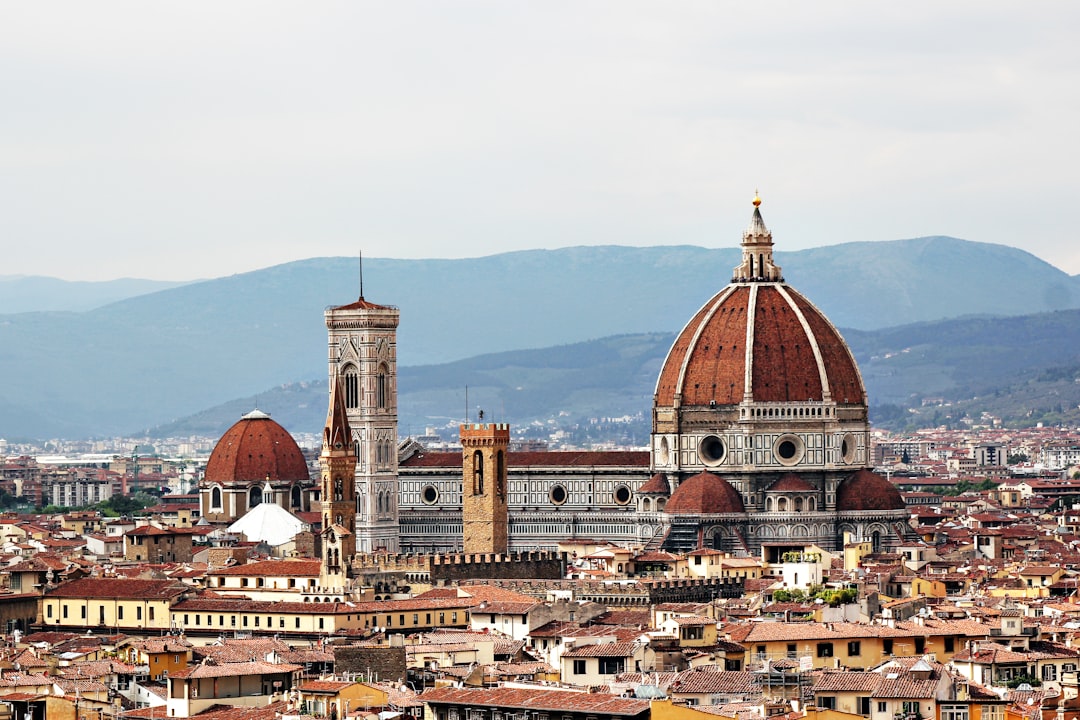Accademia Gallery
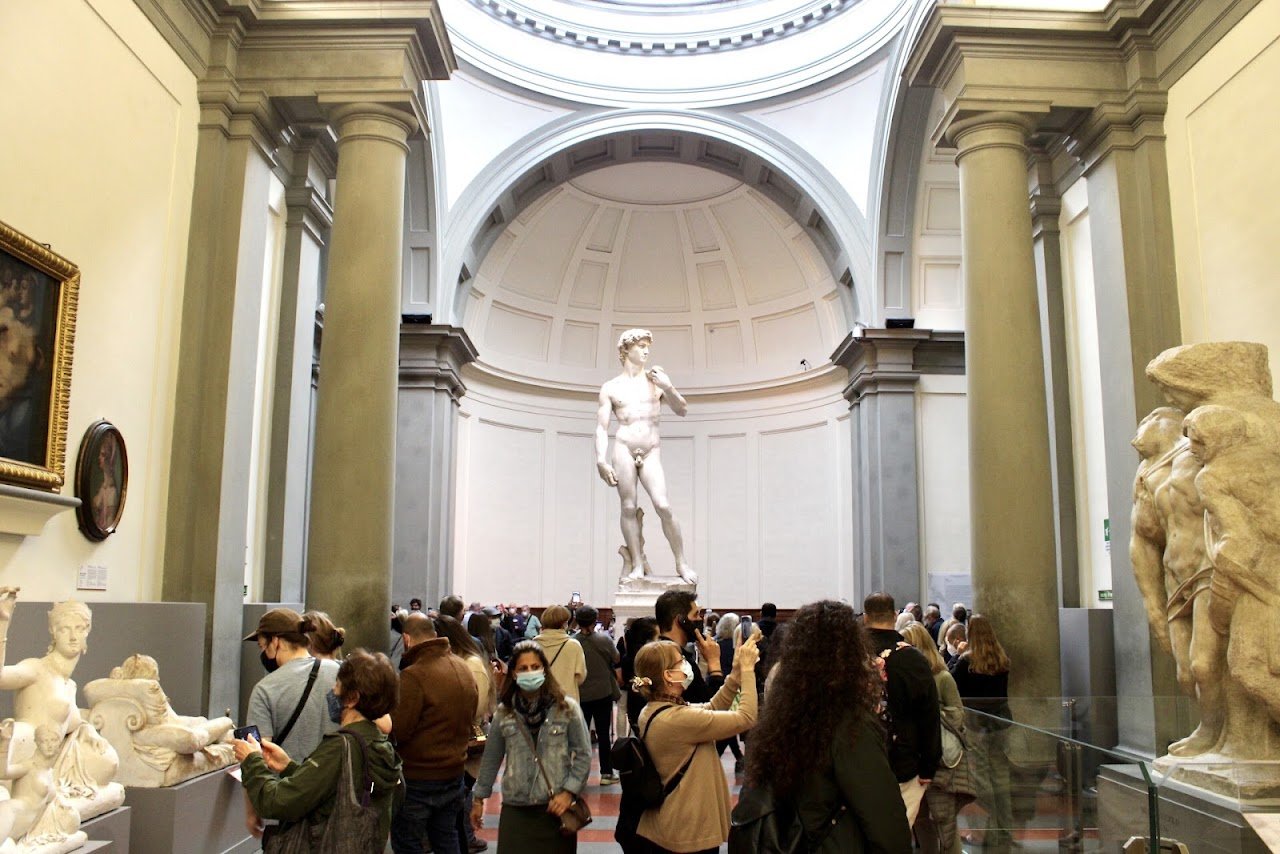
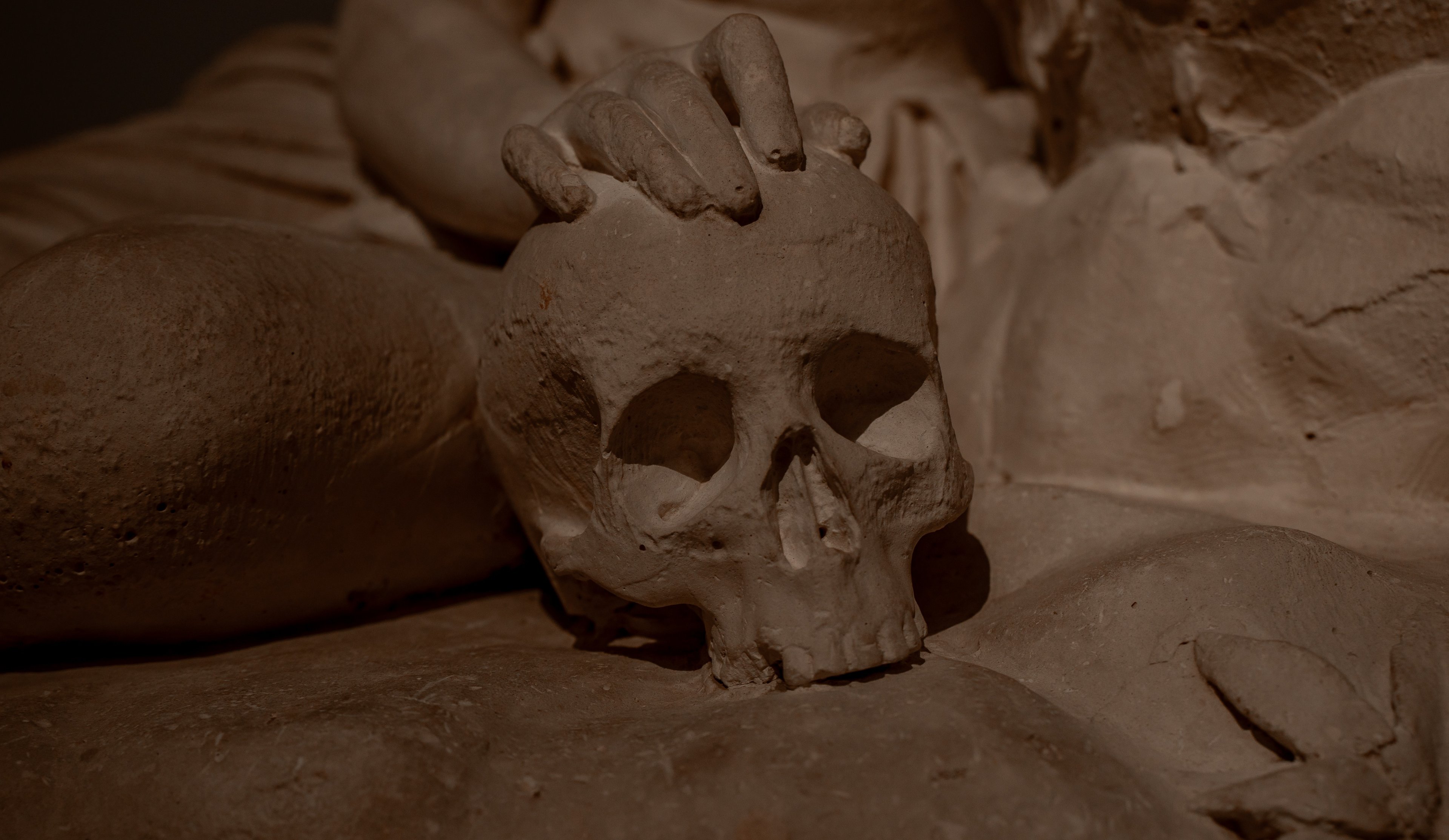
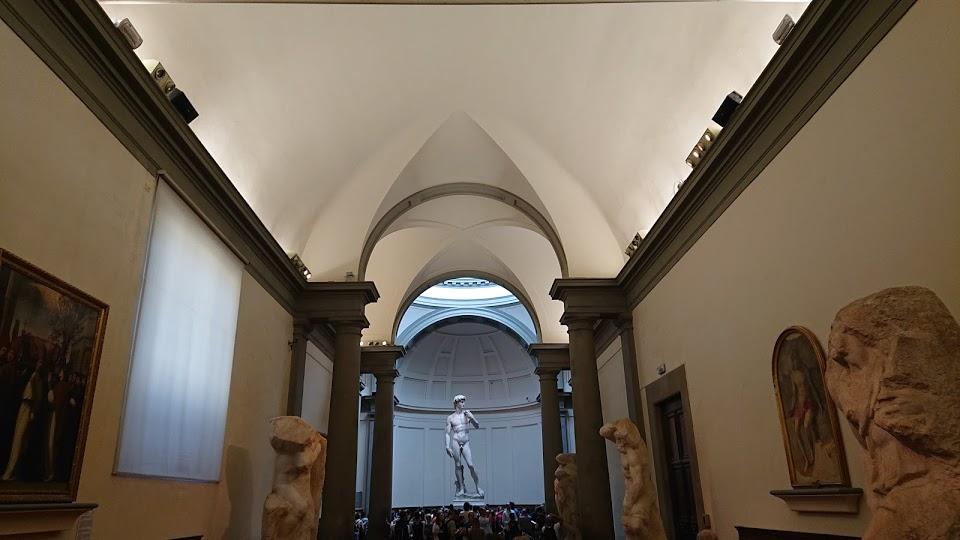

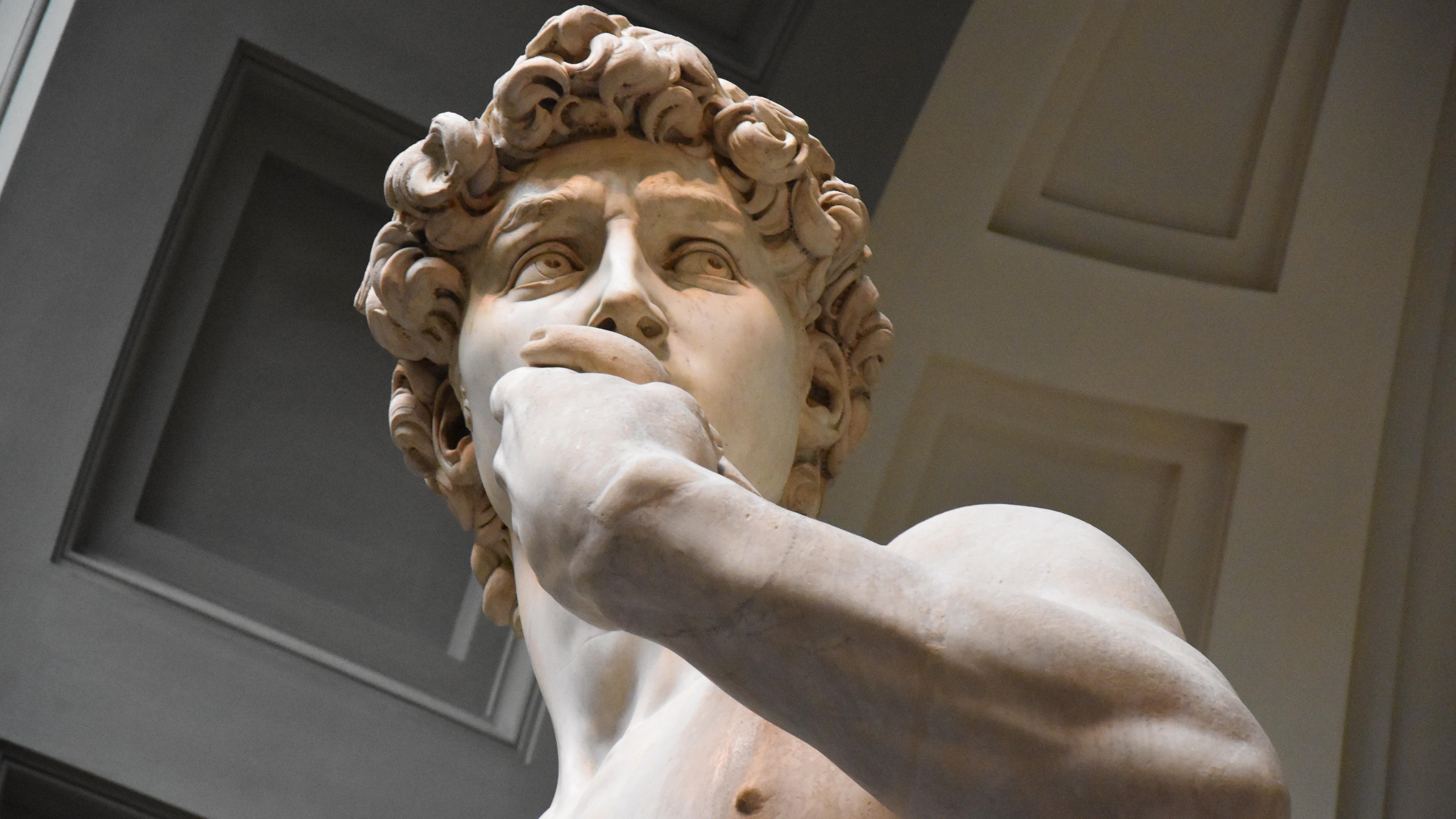
Ask ThatchGPT
Suggest a local expert to plan my trip
Suggest an unique itinerary for my Italy trip
What foods do Italy locals eat
What are some true hidden gems in Italy
Help me brainstorm trip ideas for Italy
Help me plan a family-friendly trip to Italy
What people say
Pedro Pereira
Available for hire
"One of the most sensational museums in Florence, an unmissable destination for all art lovers, is undoubtedly the Galleria dell’Accademia. It is located in via Ricasoli 60, in the heart of the historic center, and is the place where the largest number of Michelangelo statues in the world are kept: there are 7 in total, and among these the David stands out for its beauty and fame.
But not only Michelangelo: inside the Galleria dell’Accademia, opened in the now distant 1784, it is possible to visit the largest and most important collection in the world of gold-background paintings, as well as a collection dedicated to musical instruments. Divided into 12 rooms and a series of exhibition routes, the Galleria dell’Accademia is owned by the Ministry of Cultural Heritage and Activities, and since 2014 it has been given special autonomy.
MICHELANGELO’S DAVID
Michelangelo’s David is the masterpiece of the Galleria dell’Accademia, and at the same time one of the most famous statues in the world. Since 1873 it has been located inside a room called the Tribune of David, where it is the only protagonist; in the lateral arms of the room there are numerous works of the Mannerist school, all dating back to around the mid-sixteenth century. The David is 5 meters and 20 centimeters tall, including the base which alone is just over a meter high.
It was created by Michelangelo between 1501 and 1504, and is one of the symbols of both the Renaissance and Florence. Michelangelo wanted to represent King David as he prepared to face Goliath, and found the main difficulty in the marble, which was of low quality and very fragile. The fee Michelangelo received for the construction, which lasted three years, was 400 florins.
HALL OF THE COLOSSUS
The name of this room comes from the statue of one of the Dioscuri of Montecavallo, now moved to the Gipsoteca dell'Istituto d'Arte di Porta Romana. In this room you can admire the sketch of the Rape of the Sabine Women by Giambologna, and numerous paintings from the 15th and 16th centuries of the Florentine school painted by artists of the caliber of Paolo Uccello, Botticelli and Perugino. Gallery of Prisoners The Prisoners are 4 male sculptures by Michelangelo, respectively Atlas, the bearded slave, the awakening slave and the young slave, originally made to decorate the tomb of Julius II in Rome, but which were used by Cosimo I de' Medici to decorate the Buontalenti grotto in the Boboli Gardens. They are flanked by two other statues by Michelangelo: the Palestrina Pietà and the Saint Matthew, while on the walls there are several 16th-century masterpieces by different artists.
HALL OF THE 19TH CENTURY
Inside the Hall of the 19th Century, or Gipsoteca Bartolini, are housed paintings and sculptures by 19th-century artists. The main protagonist is Lorenzo Bartolini, of whom numerous plaster casts are exhibited, while the paintings are the works that were created by the artists to participate in the painting competitions of the Academy of Fine Arts. "
Read more in:
Alex Ayling
Available for hire
"
The Accademia Gallery, also known as Galleria dell'Accademia, is an art museum located in Florence, Italy. It is renowned for housing one of the most iconic sculptures in the world, Michelangelo's "David." The gallery is situated in the heart of Florence, near the Piazza San Marco.
The Accademia Gallery was originally established in 1784 as an art academy, designed to teach and promote the arts. Over time, it evolved into a museum that displays a collection of important Renaissance artworks, with a particular focus on sculptures.
The highlight of the museum is undoubtedly Michelangelo's "David." This magnificent marble statue stands at over 17 feet (5.17 meters) tall and depicts the biblical hero David, known for his victory over the giant Goliath. Michelangelo created the sculpture between 1501 and 1504, and it has since become an iconic symbol of Florence and Renaissance art.
Aside from "David," the Accademia Gallery also houses other noteworthy sculptures by Michelangelo, including the unfinished "Slaves" series. These sculptures provide insights into Michelangelo's artistic process and showcase his incredible mastery of the human form.
In addition to Michelangelo's works, the museum features a collection of religious paintings, altarpieces, and other sculptures from various artists. Visitors can explore artworks by notable Florentine artists like Botticelli, Ghirlandaio, and Orcagna.
The Accademia Gallery attracts a large number of visitors each year, and it's advisable to book tickets in advance to avoid long queues. It offers a unique opportunity to admire Michelangelo's masterpieces up close and appreciate the artistic legacy of the Renaissance in Florence.
"
Read more in:
Victoria White
"Within Galleria dell'Accademia di Firenze not only will you find many of Michelangelo's works including the iconic ‘David’ but you can also discover the ‘Gipsoteca Bartolini’ known as the Hall of Models which includes hundreds of plaster cast busts and sculptures.
The gallery showcases the museum’s origins as a teaching gallery and includes many works by Lorenzo Bartolini (who was one of the teaching professors of the Academy), as well as those of his protégé Pampaloni. The gallery is intended to reproduce Bartolini’s art studio and showcases many 19th century models which were often originally intended for sepulchres.
The pieces displayed reflect the movement through the Neoclassicism and Romanticism periods, with many models of important Italian figures lining the shelves. If you look closely, you can see some include darker areas where nails have been used as reference points to transfer the cast to the marble block. In case you didn’t know, the technique of plaster cast modelling is an old and delicate process used by sculptors before they then reproduced it in marble.
Look out for the statue of ‘Maddalena Penitente’ by Pampaloni, displaying a lady holding a cross in one hand and placing her other hand on the top of a skull, connoting feelings of remorse, love and faith. Another interesting piece is ‘Nymph with the Snake’ by Bartolini which was commissioned in 1840 by Marquis Filippo Ala Ponzoni, a well-known Milanese collector.
Further to the Hall of Models, the museum exhibits a vast collection of masterpieces and there’s the museum of musical instruments to explore too!
"
Read more in:
Mentioned in these guides
About Accademia Gallery
Get the inside scoop on Accademia Gallery from local experts, travel creators, and tastemakers. Browse genuine trip notes, Accademia Gallery reviews, photos, travel guides, and itineraries from real travelers and plan your trip with confidence.
Phone
Save this spot for later or start mapping out a new trip today
Try our AI Travel Assistant and get instant answers to any questions about your trip.
Ask ThatchGPT

